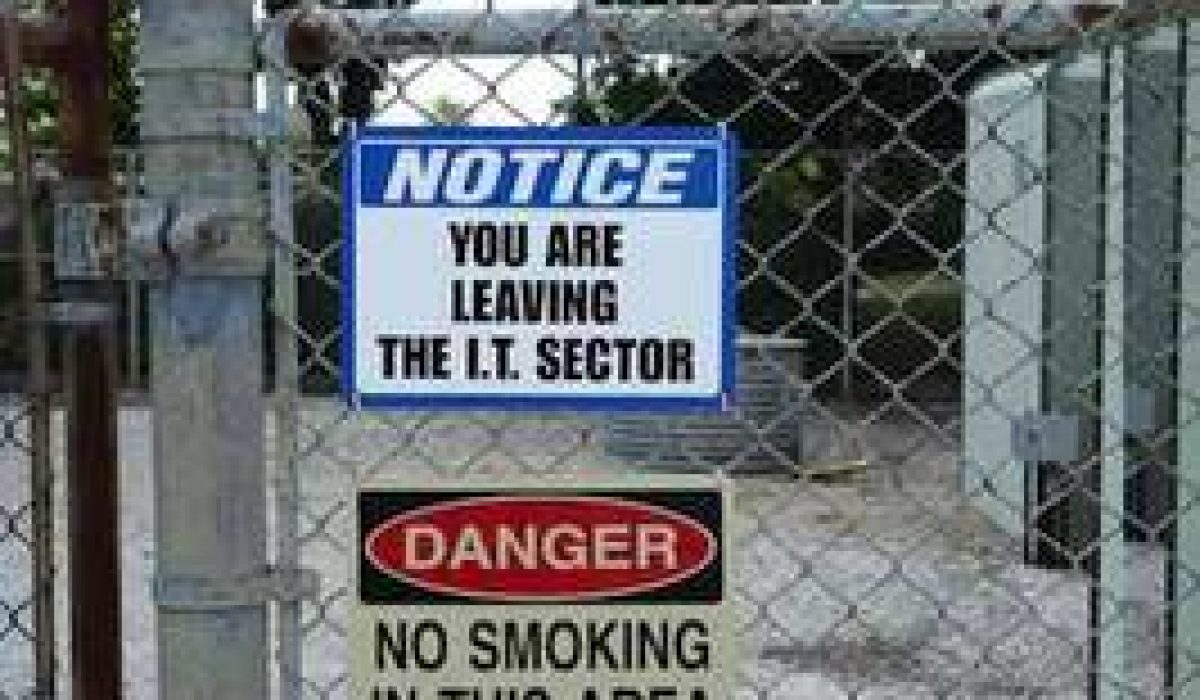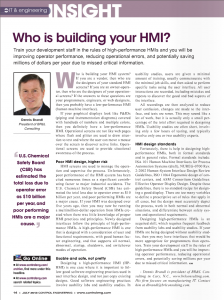Automation expenditures in the process industry are expected to soar to $7 billion by 2016 in the food and beverage industry alone, according to an article published in Process Magazine. As business do all they can to be more competitive and profitable, optimization of the process – including product creation and packaging – is ever more essential. Lag in the plant is unacceptable.
Specifically, the industry is turning for automation to assist in cost containment, time profitability and even sustainability and waste reduction. These last couple are sure to carry a lot of weight as the price of producing and using energy rises. In addition, people have become increasingly aware of the sustainability, or lack thereof, that a business’s uses throughout its processes. All these and more contribute to a growing need for superior automation.
There is another side to this story that is not being told. As technology moves forward at an ever increasing pace, companies are doing all they can to acquire the latest and greatest in order to stay competitive. Time spent adjusting and tweaking the process of a system is time that is not being spent on other areas of the business, such as innovation. America has always been a land that produces some of the greatest inventors and Synergy aims to keep it that way.
We specialize in the process optimization, in addition to providing repairs and replacements for the boilers that are so often responsible for plant energy generation. Our goals are yours. While we always strive to assist our clients in creating the most using the least amount of energy, are biggest concern is that our solutions and services help you achieve your goals. Not only do we create solutions customized to your needs, we do so in such a way that the majority of our solutions produce a return on investment in under a year. After construction and installation, we continue to stand by our clients through safety and business focused services.
Automation is a significant investment that shouldn’t be taken lightly. Companies need to consider all that goes into upgrades and new systems. Moreover, they should partner with someone who has their best interest in line. Contact one of our process and combustion experts today to see if Synergy can help you meet your goals and remain ever competitive in business.


